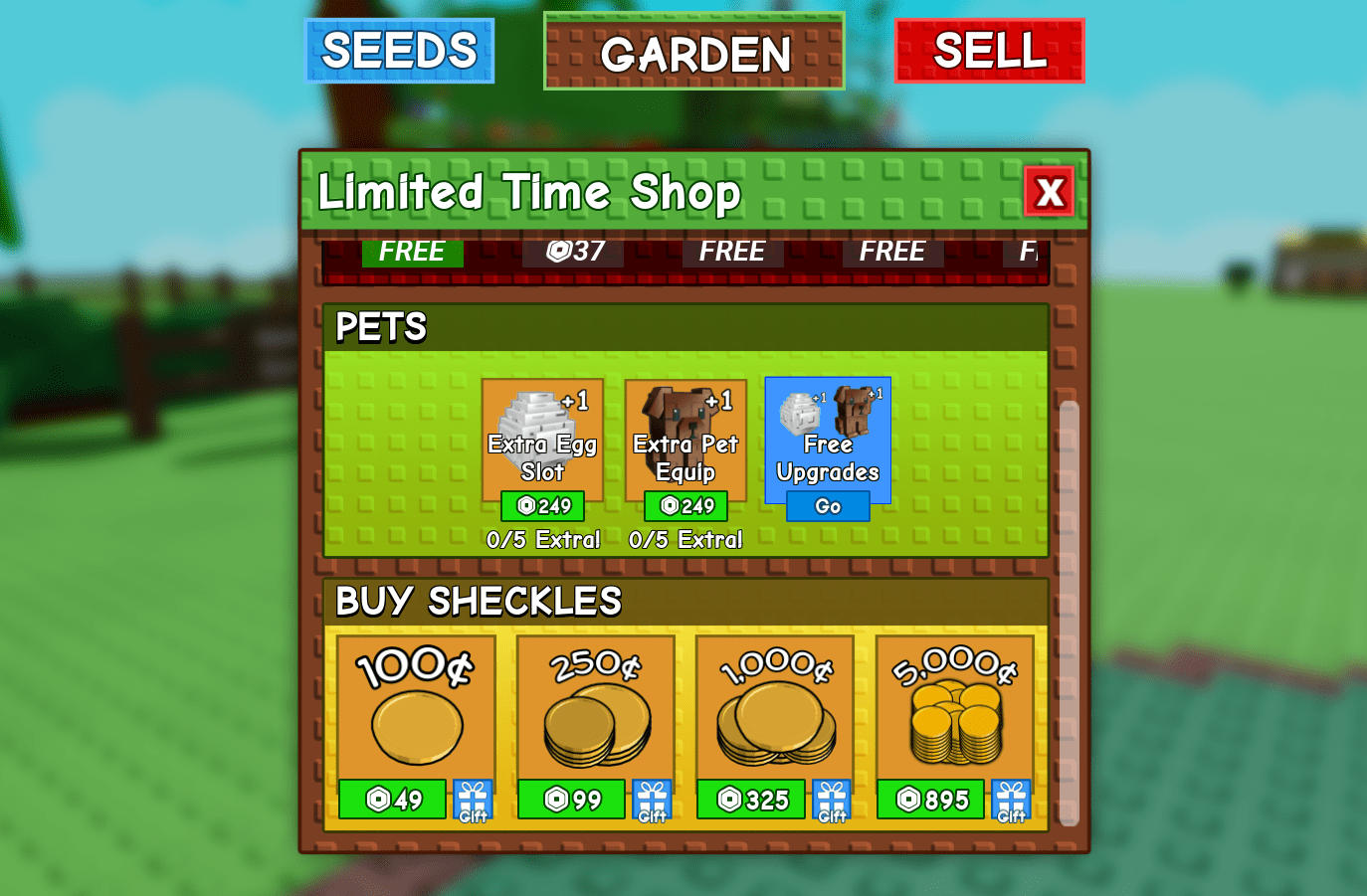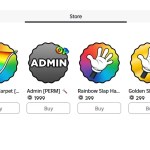Roblox can be a great way to start learning game development, and an added bonus of that is monetising said game! This article will walk you through the basic ideas surrounding game practices and how to sell products and gamepasses to players.
Developer Products vs. Gamepasses
There is a key distinction to be made when discussing the similarities and differences between developer products, and gamepasses. The main thing to note down, is that Developer Products are used for items that are purchased more than one time – e.g. Coins or Gems, whereas Gamepasses are purchased one time, for example – a permanent 2x Coins gamepass.
Developer Products
- Can be purchased over and over again, with no limit – unless imposed by the developer themself..
- Will not appear under the game’s “Store” page.
Gamepasses
- Can only be purchased once.
- Typically used for permanent upgrades
- Will appear under the game’s “Store” page, improving the visibility of the product and its customer reach.
Be sure not to clutter your game page’s store with too many gamepasses, otherwise it may begin to look messy.

Subscriptions
- This is a recurring payment, billed directly to the customers bank account/payment method.
- Subscriptions are a relatively new feature, which I would not recommend using quite yet.

Best Monetisation Strategy For Each Game
We are going to compare each strategy and weigh the pros and cons for the following 3 game types:
- Obby (obstacle course)
- Simulator
- Tycoon
Obby
For an obstacle course orientated game, typical player behaviour is associated with quick sessions, casual players, and high retry loops.
You can utilise some of the frustration the player may experience as an opportunity to soft prompt a Developer Product (such as a “Skip Stage Now”). This leads to what can be described as an impulse buy. On top of that, you can take the more humorous route allowing the player to “Explode” another random player, setting back another players progress a slight bit in an amusing way.
You can also monetise your obby by adding some perks that the player can purchase. An example of this would be a gamepass that grants the player a permanent “Jetpack” or a “Gravity Coil” that gives the player a jump boost, allowing them to complete the obstacle course easier.
There is little potential for an obstacle course game to make use of a Subscription, however you could grant a player monthly perks or credits to spend on items or power ups.
Simulator
Simulator players often are grind-heavy, play long sessions, require high engagement, and enjoy scaling progress
This genre of game is more suited to Developer Products, as buying additional coins or gems, or even time-sensitive buffs (such as 2x coins), however gamepasses still can grab the spotlight.
Gamepasses like “Infinite Backpack”, or fast-travel perks are commonly seen across the simulator genre, and you can use this to your advantage.
Overall, simulators thrive on scaling loops, so prioritise progression shortcuts and power boosts
Tycoon
Frequent enjoyers of this genre tend to adhere to a more idle/passive gameplay, typically driven with medium to long sessions.
Because of this genre’s dynamic style, you can effectively incorporate all THREE methods of monetization, using a hidden fourth which we haven’t gone over yet.
Gamepasses and developer products are a perfect match for this type of game, using gamepasses to allow players to automate and skip repetetive/daunting tasks. Subscriptions can grant players exclusive tycoon/building styles, that evolve the longer you’ve been subscribed (e.g. Bronze Tier -> Emerald)
Now the hidden method of monetisation, is Premium Payouts. “What are Premium Payouts?” I hear you asking. Well, when a user has Roblox Premium, and plays a game for a period of time, the developer actually gets a small cut of the profits that Roblox generate through Premium. You can use this to incentivise premium users to AFK your game, such as a 2x EXP points perk for all Premium users.
Conclusion
There’s no one-size-fits-all monetization strategy in Roblox — the most successful games tailor their monetization to the player experience. By understanding how different game genres naturally support certain types of purchases, you can build a system that feels rewarding, not exploitative.
Whether you’re creating an obby, simulator, or social hangout, think about:
- What players value most in your game
- How often they engage with your systems
- What feels like a fair trade for Robux
Use game passes for long-term perks, developer products for moment-to-moment upgrades, and subscriptions for ongoing value. When these elements are aligned with your game’s design and your audience’s behavior, you won’t just earn more — you’ll build a game that players want to return to again and again.






